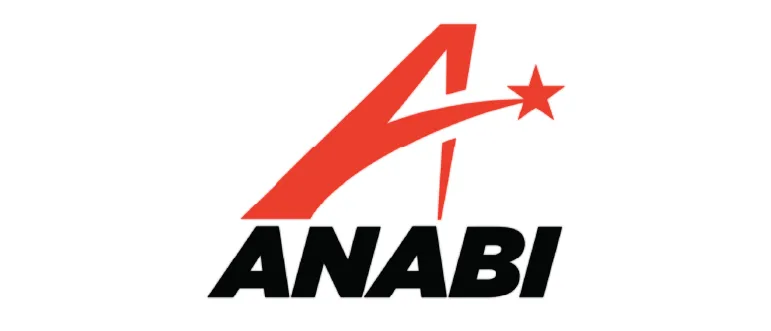SHELTON, Conn. — Walmart holds the largest share of the personal care market among all retailers, according to TABS Analytics.
Meanwhile, CVS Pharmacy and Walgreens have helped make rewards programs consumers’ preferred vehicle for getting deals on personal care items, the 2017 TABS Personal Care Study found.
In the $40 billion personal care market, Walmart has a 19.4% share of purchases, followed by traditional supermarkets (such as Kroger and Publix) at 16.6% and Target at 12.1%, TABS reported. CVS, Walgreens and dollar stores combined account for 24.7% of personal care purchases.
Walmart is underdeveloped among heavy deal buyers, while CVS, Walgreens and dollar stores are overdeveloped, TABS noted. Heavy deal buyers migrate to CVS, Walgreens and dollar retailers for more deals, such as circulars and loyalty programs not available at Walmart, the consumer products researcher said.
The online channel accounts for just 3.1% of personal care purchases, or about $1.2 billion of the $40 billion personal care market.
For the study, TABS surveyed 1,000 U.S. consumers ages 18 to 75 about which personal care products they purchase, where they buy those items, and how much and how often they make those purchases. The study, conducted last month, covered the hair care, deodorant, personal wash, mouthwash, toothpaste, feminine care and adult incontinence categories.

Kurt Jetta
“Walmart, traditional food stores and Target are the clear winners in the personal care market, with almost 50% of all estimated purchases,” stated Dr. Kurt Jetta, founder and chief executive officer of TABS Analytics. “Unlike what we see in beauty, where online sales is a key driver, online sales in personal care products is relatively unimportant, coming in at just 3.1% of market share.”
Rewards programs edge out circulars, 32% versus 30%, as a way to get deals in personal care products — the first time in nine similar TABS studies that loyalty programs outpaced circulars as a preferred deal tactic, the researcher pointed out. That data correlates with CVS and Walgreens offering rewards card programs and drawing high levels of heavy deal shoppers, TABS said.
Of consumers who shop at dollar stores, 44% said they buy personal care value brands. Target’s share personal care purchases is dominated by Millennials and high-income consumers, but TABS noted that the discount store giant is underdeveloped in the largest group of consumers: adults ages 35 to 44, who account for 37% of all buyers.
Amazon, Walmart.com and Target.com account for 82% of online personal care transactions in the $1.2 billion dollar e-commerce market, according to TABS. However, online buyers of personal care products represent just 3.1% of all purchases, whereas online purchases of beauty products account for 9% of all transactions. More than half of consumers polled don’t buy any personal care products online.
Other key findings in the 2017 TABS Personal Care Study included the following:
• Generation X (ages 35 to 44) led all age groups in heavy buying of personal care products at 37%, with Millennials (ages 18 to 34) coming in second at 24%.
• 33% of Hispanics said they’re heavy purchasers of personal care products.
• 8% of consumers buy organic personal care products. But among heavy personal care buyers, 16% purchase organic products.
• Personal care consumption peaks among consumers in the $60,000 to $74,000 income range, with 26% being heavy users. As income goes up, consumption goes down for all incomes above $75,000.
Millennial buyers of personal care items are much less influenced by deal tactics, especially freestanding inserts and circulars, TABS reported. Yet of the entire survey sample, 90% of consumers said they’re using at least one deal tactic regularly.
The TABS study revealed that shoppers younger than 45 are abandoning the use of freestanding inserts and circulars for personal care deals. Less affluent shoppers prefer using passive deal tactics such as everyday low prices, large sizes, bonus packs, private label and value brands.






